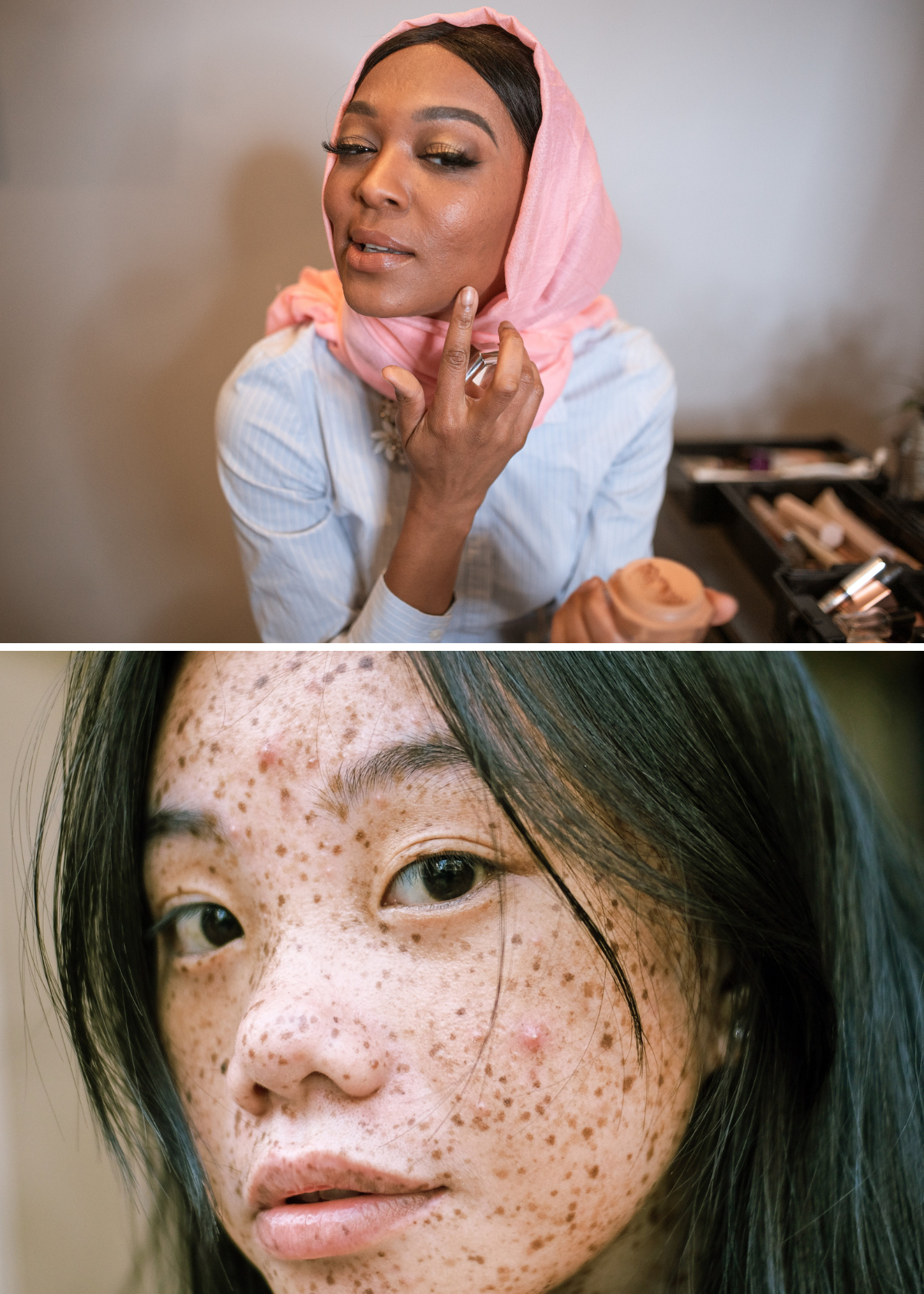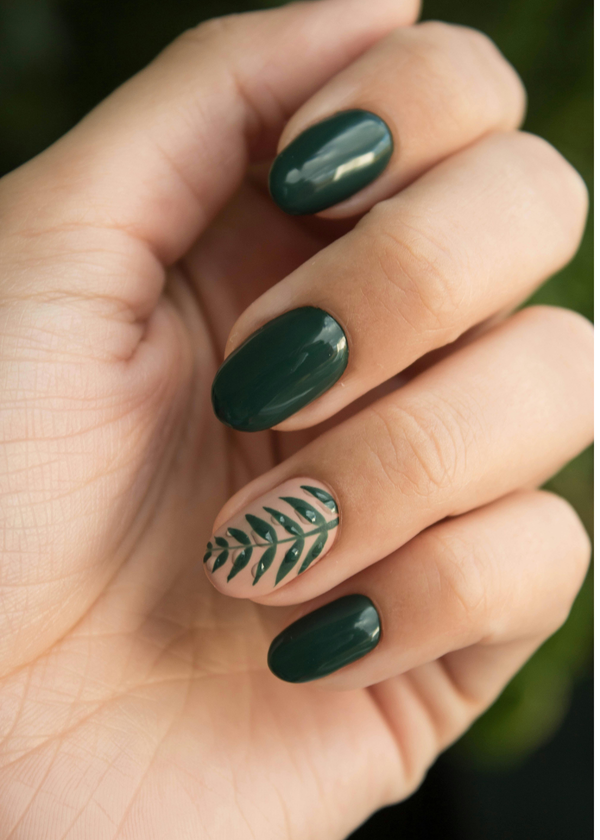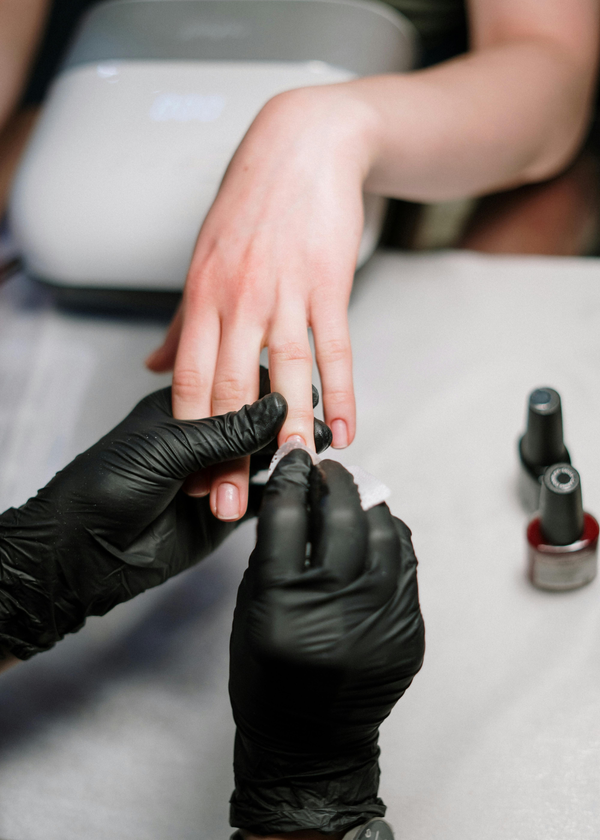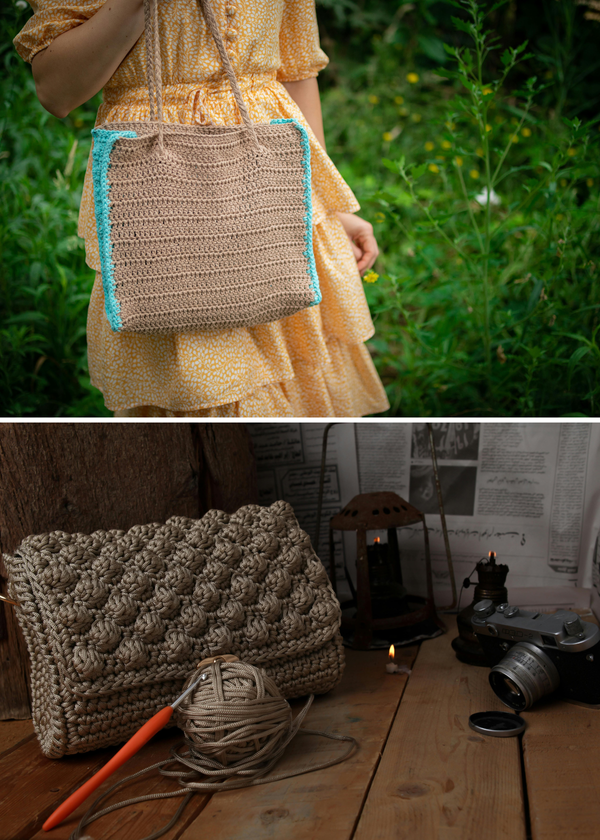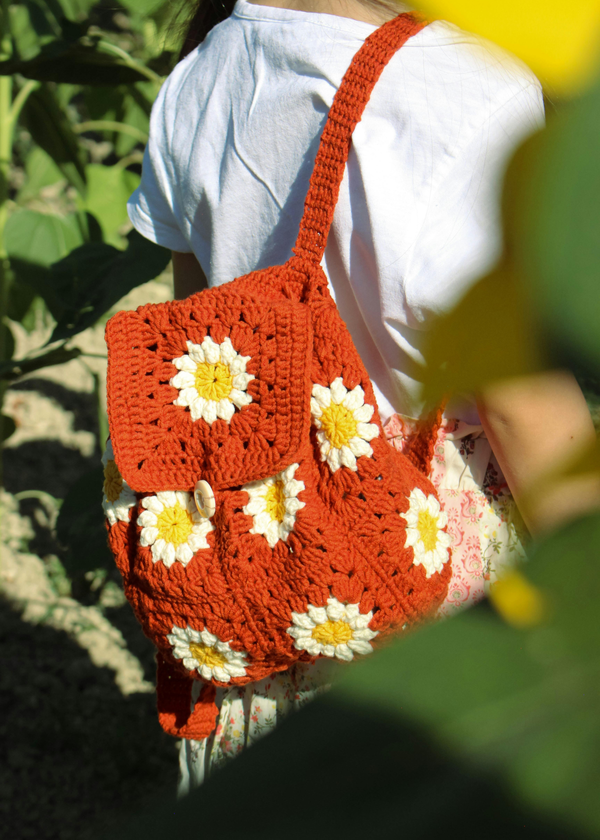Pimple patches have taken the skincare world by storm, promising to be a game-changer in the fight against acne.
These small, transparent stickers claim to work wonders, but have you ever wondered what exactly they're pulling out from your skin?
In this comprehensive 3000-word article, we will explore the science behind pimple patches, how they work, and what they actually pull out to help you achieve clearer skin.
Understanding Acne
Before delving into the world of pimple patches, it's essential to understand what acne is and what causes it. Acne is a common skin condition that affects millions of people worldwide.
It primarily occurs when hair follicles become clogged with oil and dead skin cells, leading to the formation of pimples, blackheads, and whiteheads.
These clogged pores create an ideal environment for the growth of acne-causing bacteria, primarily Propionibacterium acnes (P. acnes).
The Battle Against Acne
Over the years, numerous products and treatments have been developed to combat acne. From topical creams and gels to oral medications, people have sought various ways to manage and prevent breakouts.
However, one innovative solution that has gained popularity in recent years is the pimple patch.
What Are Pimple Patches?
Pimple patches, also known as acne patches or hydrocolloid patches, are adhesive, circular stickers that are applied directly to a pimple or blemish.
They are typically made of hydrocolloid material, which is a type of dressing that contains gel-forming agents and is commonly used in wound care.
The hydrocolloid material in pimple patches acts as a protective cover for the blemish, creating a moist environment beneath the patch.
How Pimple Patches Work
- Absorption
The primary mechanism by which pimple patches work is through absorption. Pimple patches are designed to absorb the fluids and impurities present within the pimple. These fluids can include pus, oil, and other debris.
As the patch adheres to the skin, it creates a seal that promotes the exchange of fluids between the blemish and the patch.
- Creating a Barrier
In addition to absorption, pimple patches also create a physical barrier between the pimple and external environmental factors.
This barrier serves to protect the pimple from further contamination, reducing the risk of infection and inflammation.
The protective nature of the patch can also prevent you from touching or picking at the pimple, which is crucial for preventing scarring.
What Do Pimple Patches Pull Out?
Now that we understand the basic mechanics of pimple patches, let's dive into what they actually pull out from your skin:
- Excess Pus
The most visible and immediate effect of pimple patches is the absorption of excess pus. Pus is a thick, yellowish substance that consists of dead white blood cells, bacteria, and cellular debris.
When a pimple forms, it's essentially a pocket of pus trapped beneath the skin's surface.
Pimple patches work to draw out this pus, making the pimple less noticeable and reducing inflammation.
- Oil and Sebum
Pimple patches are also effective at pulling out excess oil and sebum. Sebum is the natural oil produced by your skin to keep it moisturized.
However, an overproduction of sebum can lead to clogged pores and the development of acne.
The hydrocolloid material in pimple patches can help regulate sebum production by absorbing excess oil, contributing to clearer skin.
- Bacteria
Acne is often caused or exacerbated by the presence of bacteria on the skin, particularly P. acnes. Pimple patches create an environment that is less hospitable for bacteria growth. By sealing off the pimple and absorbing fluids, pimple patches can help reduce the bacterial load in the affected area, promoting faster healing and preventing further infection.
- Debris and Dead Skin Cells
In addition to pus, oil, and bacteria, pimple patches can also extract debris and dead skin cells that may be contributing to the clogged pore. Removing these impurities helps accelerate the healing process and reduces the risk of scarring.
- Inflammatory Mediators
Pimple patches may also help reduce the presence of inflammatory mediators in the affected area. Inflammation is a key component of the acne process, and by creating a barrier that reduces the body's inflammatory response to the pimple, these patches can help minimize redness and discomfort.
The Science of Hydrocolloid
To understand how pimple patches can effectively pull out these impurities, it's crucial to explore the science behind the hydrocolloid material they are made of. Hydrocolloid dressings were originally developed for wound care and have been repurposed for acne treatment due to their unique properties:
- Gel-Forming Agents
Hydrocolloid dressings contain gel-forming agents such as pectin, gelatin, and carboxymethylcellulose. When these agents come into contact with fluids, they create a gel-like substance that aids in the absorption of moisture, debris, and impurities. This gel helps maintain a moist environment beneath the patch, which is conducive to wound healing.
- Occlusion
Hydrocolloid patches are occlusive, meaning they create a physical barrier between the skin and the external environment. This barrier serves multiple functions:
a. Protection: By sealing off the pimple, the patch protects it from external contaminants, reducing the risk of infection and inflammation.
b. Preventing Picking: The patch's barrier can act as a deterrent, preventing you from touching or picking at the pimple, which can worsen the condition and lead to scarring.
c. Accelerated Healing: The moist, protected environment beneath the patch supports the body's natural healing process, helping the pimple resolve more quickly.
Do Pimple Patches Work for Everyone?
While pimple patches can be incredibly effective for many people, they may not work for everyone, and their efficacy can vary depending on the type and severity of the pimple. Here are some factors to consider:
- Stage of the Pimple
Pimple patches work best on pimples that have come to a head or are in the process of doing so. The patch can effectively draw out pus in these cases. However, for deeper, cystic acne that hasn't yet reached the surface, pimple patches may have limited effectiveness.
- Pimple Size
Smaller pimples are often more responsive to pimple patches, as they are easier to cover completely. Larger pimples or nodules may not be fully covered by the patch, which can reduce their efficacy.
- Skin Type
Pimple patches are generally safe for all skin types, but individuals with sensitive or easily irritated skin should exercise caution. Some people may experience skin irritation or allergies in response to the adhesive used in pimple patches. If you have concerns about skin sensitivity, it's best to do a patch test before using them on your face.
- Consistency
Pimple patches are most effective when used consistently. Applying a patch overnight for a single night might not yield the same results as regular and prolonged use. Consistency is key to achieving the best outcomes.
- Proper Application
Proper application of the pimple patch is essential for its effectiveness. Clean the area, ensure your skin is dry, and then apply the patch directly to the pimple. Be sure to press it firmly to create a good seal.
Potential Side Effects
While pimple patches are generally safe and well-tolerated, some individuals may experience side effects:
- Skin Irritation: Some people may develop mild skin irritation or allergies in response to the adhesive used in pimple patches. If you notice redness, itching, or discomfort, discontinue use and consult a dermatologist.
- Overuse: Using pimple patches excessively, especially on healthy skin, can lead to over-drying and potential irritation. It's essential to use them only as needed.
- Ineffectiveness: As mentioned earlier, pimple patches may not be effective for all types of acne or for pimples that haven't reached the surface.
Conclusion:
Pimple patches have become a popular tool in the battle against acne, offering a unique approach to tackling pimples at their source.
By drawing out excess pus, oil, bacteria, debris, and dead skin cells, these small, transparent stickers can help accelerate the healing process and reduce the risk of scarring.
The science behind pimple patches, with their use of hydrocolloid material, makes them a promising addition to your skincare routine.
While pimple patches are not a one-size-fits-all solution and may not work for every type of pimple or for everyone, their efficacy, when used correctly, is undeniable.
They serve as a valuable tool in the quest for clearer, healthier skin. If you struggle with acne, consider giving pimple patches a try, but always consult with a dermatologist for personalized advice on managing your specific skincare needs.


